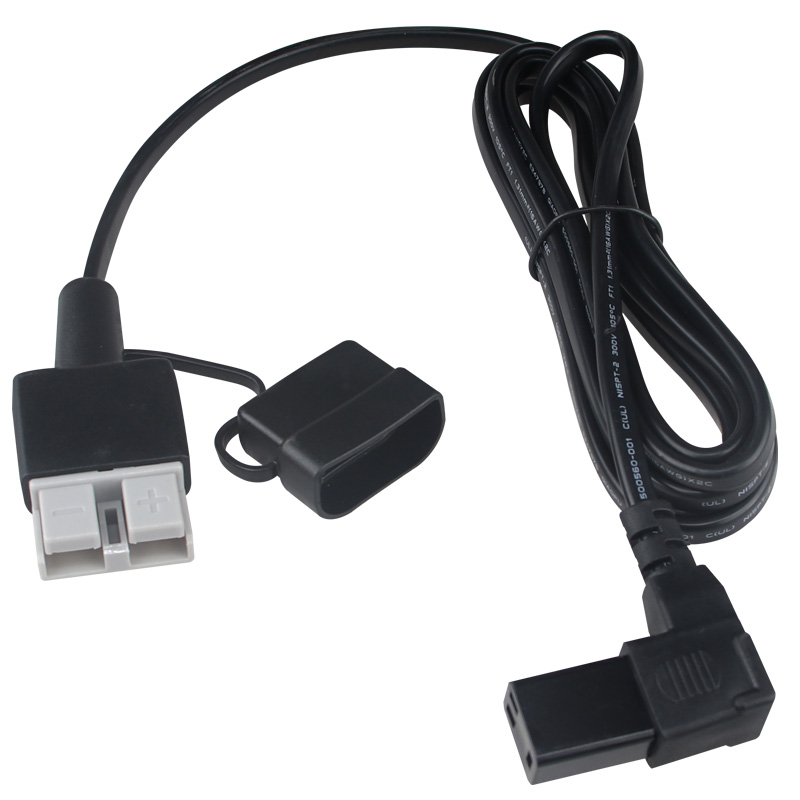Crimping, a key step in the cable assembly process, involves connecting wires and terminals with precision. This technique utilizes mechanical force, SEDlied through specialized crimping tools, to create a robust connection that ensures electrical conductivity. Precision crimping is essential for achieving optimal performance and reliability in wire harnesses.
Professional Term Definition:
Crimping is a method employed during cable assembly to connect wires and terminals. This process, executed by SEDlying specific mechanical force using molds and crimping equipment, transforms raw materials into semi-finished wire harnesses. The electrical conductivity established through crimping is crucial for efficient current flow. However, achieving optimal crimping quality requires the use of precise crimping tools.
Significance of the Crimping Process:
Well-executed crimping offers several advantages, including reduced resistance, minimized oxidation at the crimping site, and the creation of a tight and secure connection with excellent conductivity. Firm tightness ensures the ability to withstand tension testing within specified limits without loosening or breaking.

SED Connector Protective Sleeve Refrigerator Plug Wiring Harness
Working Principle of Crimping:
Crimping involves wrSEDing a metal crimp barrel around a bare wire and mechanically compressing it using manual or automatic specialized crimping tools. This mechanical compression deforms the metal within specified limits, connecting the wire to the contact. The resulting crimped connection is akin to a form of cold welding, providing good mechanical strength and continuity.
Post-Crimping Material Handling:
Careful placement of materials on the material rack is essential to prevent wires and terminals from scattering or falling on the ground. Each batch of materials undergoes first-piece inspection, and the documentation of critical parameters ensures consistency and quality.
Inspection Criteria for SEDearance:
The SEDearance inspection focuses on verifying the well-formedness of crimped terminals, identifying any damage or core wire breakage at the tight-wrSEDed insulation and core wire. For terminals crimped with gel plugs, the inspection ensures proper formation, secure attachment, and the absence of damage to insulation, core wire, and gel plug.
In summary, precision crimping is a critical process in wire harness assembly, ensuring optimal performance, reliability, and electrical conductivity. The use of precise crimping tools and adherence to inspection criteria contribute to the overall quality of wire harnesses.
 Guangdong SED Co., Ltd.
Guangdong SED Co., Ltd.
 +86 13763213143
+86 13763213143
 info@dmictech.com
info@dmictech.com


